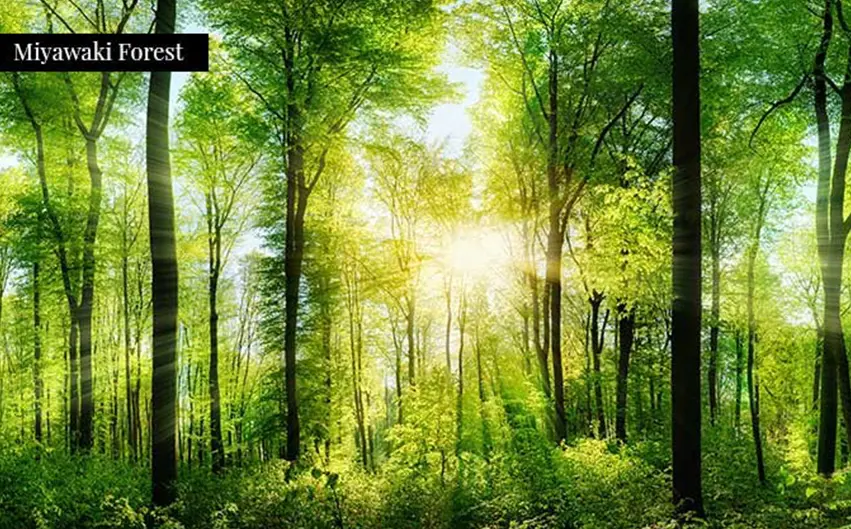As cities continue to swell and climate change intensifies, the real estate sector stands at a critical juncture—where growth must align with responsibility. The future of housing isn’t just about vertical expansion or luxurious finishes; it’s about creating ecosystems that promote well-being, conserve resources, and respect the environment. In this context, green architecture and sustainable homes are no longer optional—they are essential.
India’s real estate market, now among the top ten globally for investment and appreciation, is steadily embracing this shift. Developers are being pushed to innovate, not just in terms of design and amenities, but in how they build—with a strong focus on energy efficiency, eco-conscious materials, water conservation, and overall carbon footprint reduction. Buyers, too, are evolving. Today’s homebuyer is increasingly aware of the impact their living environment has—not only on personal health but on the planet. According to a 2023 report by the Indian Green Building Council (IGBC), India now has over 7,700 green building projects, collectively spanning more than 8.49 billion square feet. This is a strong indicator that sustainable architecture is fast becoming the new norm.
A pivotal force driving this change is infrastructure-led urbanization. Well-planned connectivity corridors such as the Dwarka Expressway, Southern Peripheral Road (SPR), and the rapidly developing Sohna region are prime examples of how urban growth can be guided by smart, sustainable planning. Backed by initiatives like the Delhi-Mumbai Industrial Corridor (DMIC), expansion of metro lines, and the upcoming Rapid Rail Transit System (RRTS), these zones are transforming into modern residential hubs, where sustainability isn’t just a promise, but a reality being delivered.
What sets green buildings apart is not just their structure but their soul. Certified sustainable developments go beyond compliance—they integrate systems that ensure optimal energy usage, manage waste efficiently, promote cleaner air, and reduce reliance on non-renewable resources.
An especially innovative element in newer sustainable home projects is the incorporation of urban forests and biodiversity zones. The Miyawaki method, for instance—a technique of creating dense, native forests in limited urban spaces—is being used to restore ecological balance, improve air quality, and enhance microclimates. Such initiatives are not only environmentally beneficial but also psychologically enriching for residents.
Leading this green evolution is a select group of developers that have seamlessly blended sustainability with luxury. Among them is Signature Global, a trusted name in India’s real estate landscape. The company has built a diverse portfolio across prime micro-markets of Gurugram like the Dwarka Expressway, SPR corridor, and Sohna—each designed with a clear focus on environmental stewardship.
Projects like Signature Global Titanium SPR in Sector 71 stand out with both IGBC Gold and EDGE certifications, emphasizing energy efficiency and low carbon impact. In Sector 37D, DE-LUXE DXP is another premium residential offering that proudly carries green certification and features a dedicated Miyawaki forest, creating a rare synergy between modern living and natural regeneration. Moving further south, Signature Daxin, an expansive 125+ acre township in Sohna, is a masterclass in eco-conscious urban planning—incorporating sustainable construction techniques like aluminium formwork, pollution detection systems, and vast green lungs.

These developments aren’t just about building homes—they’re about building a better future. Signature Global’s commitment to sustainable homes, green architecture, and forward-looking design is a reflection of what the real estate sector must strive for: responsibility, innovation, and long-term value—for both people and the planet.